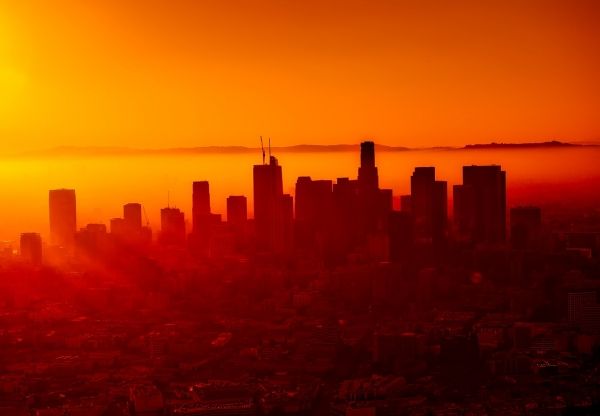Whichever side of the subjective city-versus-rural debate you’re on, the objective laws of thermodynamics dictate that cities lose on at least one front: They tend to get insufferably hotter, more so than surrounding rural areas. That’s thanks to the urban heat-island effect, in which buildings and roads readily absorb the sun’s energy and release it well into the night. The greenery of rural areas, by contrast, provides shade and cools the air by releasing water.
Climate change is making the urban heat-island effect all the more dire in cities across the world, and it’s only going to get worse. Like, way worse. An international team of researchers has used a new modeling technique to estimate that by the year 2100, the world’s cities could warm by as much as 4.4 degrees Celsius on average. For perspective, that figure obliterates the Paris agreement’s optimistic goal for a global average temperature rise of 1.5 degrees C from preindustrial levels. In fact, the team’s figure more than doubles the agreement’s hard goal of limiting that global rise to no more than 2 degrees C.
Up until this point, global climate models have tended to snub urban areas, and for good reason, as they make up just 3 percent of the planet’s land surface. Cities are but a blip. Researchers are more interested in the dynamics of things like the ocean, ice, and air currents. “We're closing this kind of gap,” says Lei Zhao, a climate scientist at the University of Illinois at Urbana-Champaign and lead author on a recent paper published in Nature Climate Change describing the modeling. “We provide urban-specific projections for the future.”
Read more at Wired
Photo Credit: 12019 via Pixabay


